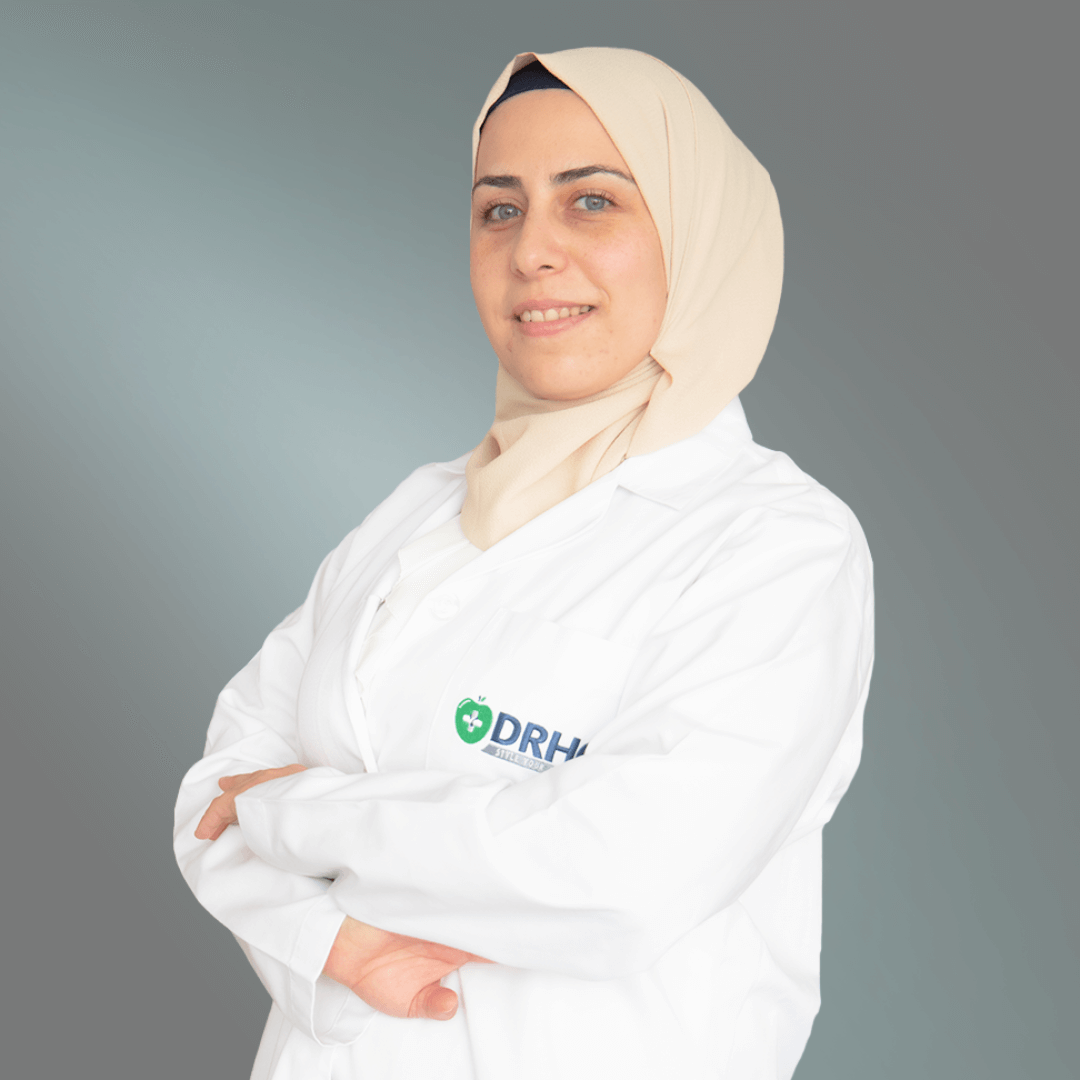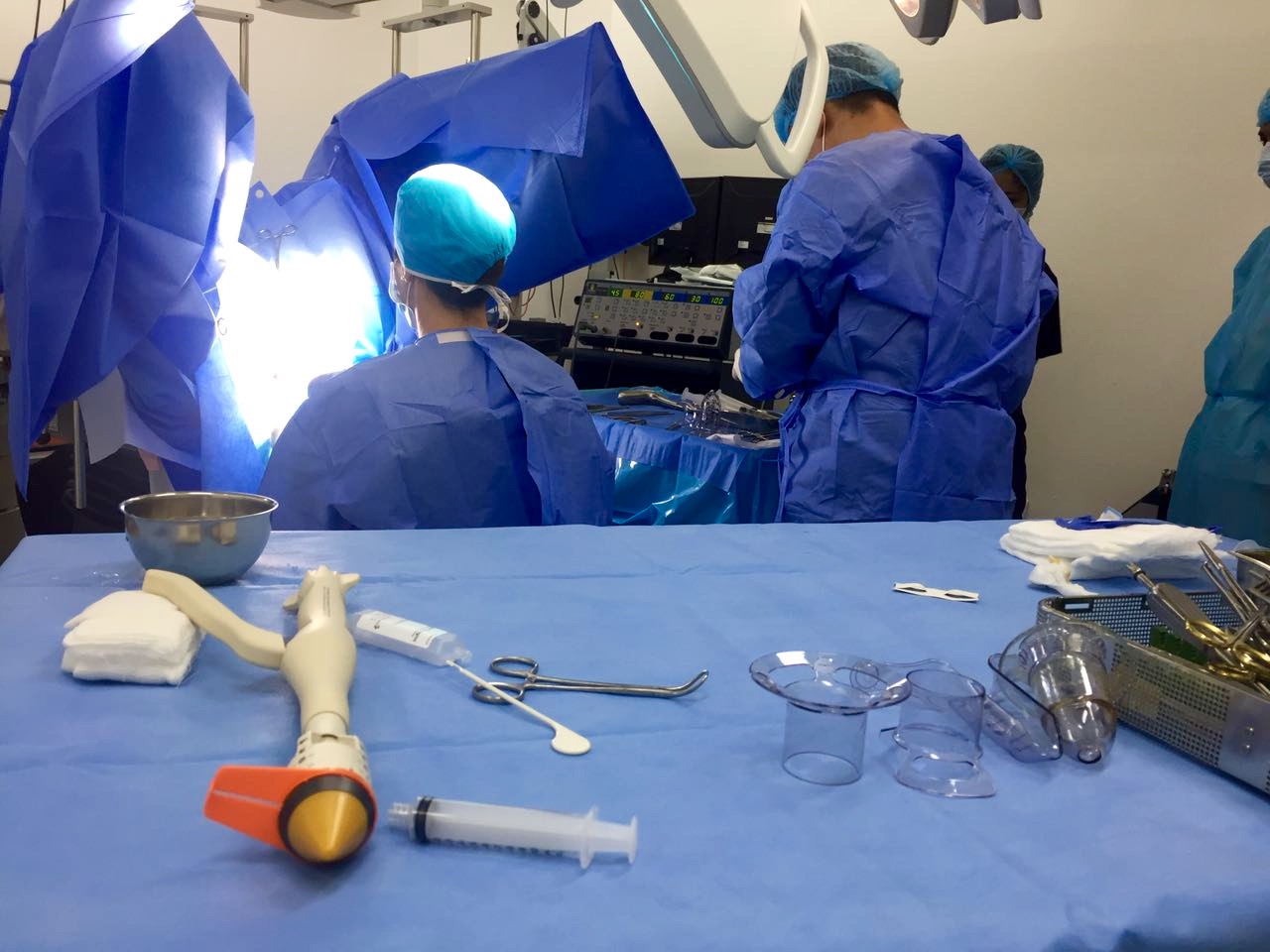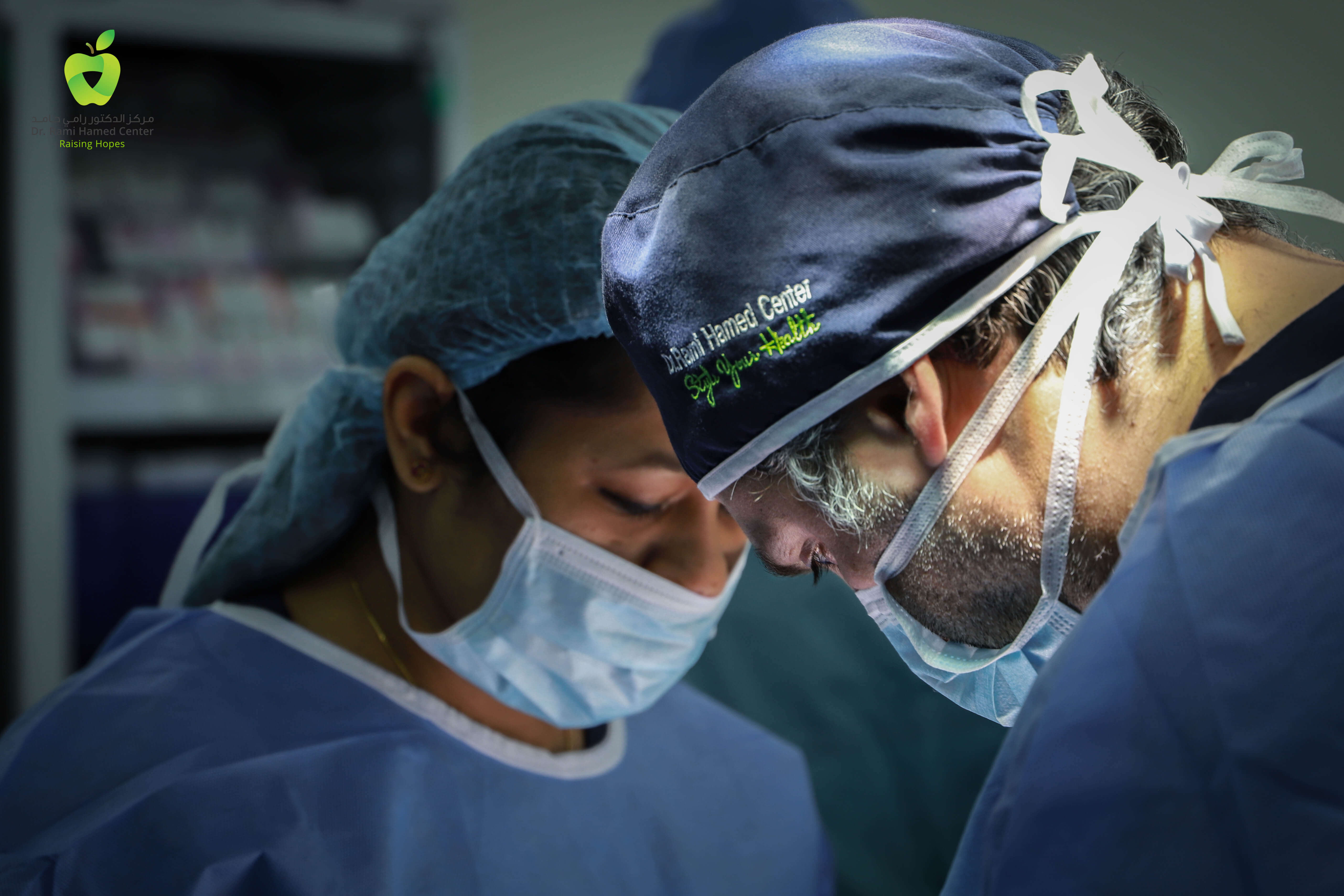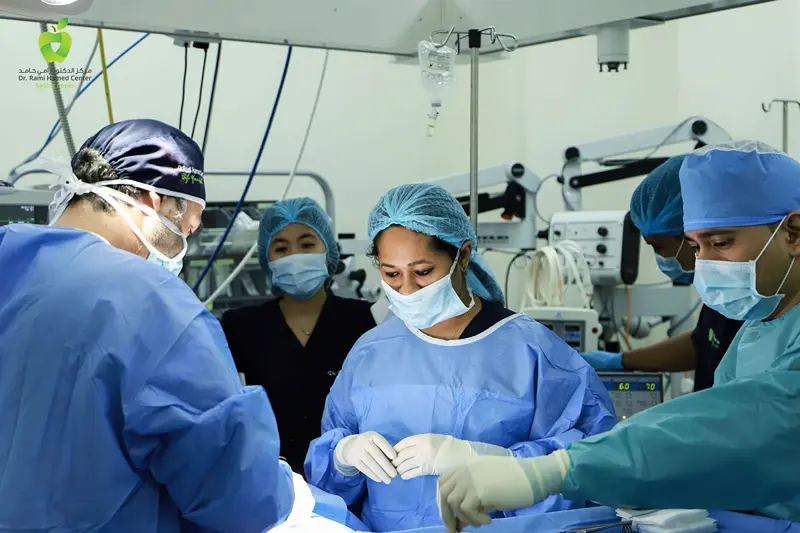Chronic Pelvic Pain at DRHC Dubai
What is chronic pelvic pain?
Chronic pelvic pain is a common condition, affecting 1 woman 7 women, that is defined by the presence of pain in the pelvic region for more than 6 months. DRHC Dubai offers chronic pelvic pain specialists in the clinic situated near Dubai Healthcare City.
Chronic pelvic pain can have multiple causes, from intestinal to gynecological or urological problems; therefore, its treatment should be multidisciplinary.
Is it a frustrating disease, since most patients see many doctors, but 1/3 of them will not get a diagnosis and proper treatment? These patients experience a poor quality of life, work absenteeism, and significant psychological distress.
For this reason, it is very important to be visited by the right doctor, who is able to focus on the patient’s problem and help him/her find the right diagnostic and therapeutic pathway.
Chronic pelvic pain can be caused by:
Treatment for Chronic Pelvic Pain:
Treatment varies according to etiology; therefore, a careful diagnosis is mandatory.
Pelvic inflammatory disease (PID) is an infection of the upper part of the female reproductive system, namely the uterus, fallopian tubes, and ovaries. Chlamydia trachomatis and Neisseria gonorrhoeae are usually the main causes of PID. Its symptoms are: fever, cervical motion tenderness, lower abdominal pain, new or different discharge, painful intercourse, uterine tenderness, adnexal tenderness, or irregular menstruation. If pelvic inflammatory disease is not cured, it might lead to endometritis, salpingitis, tubo-ovarian abscess, and pelvic peritonitis. Even when the PID infection is cured effects of the infection may be permanent; therefore, its early identification is essential. The formation of scar tissue due to one or more episodes of PID can lead to tubal blockage, increasing the risk of the inability to get pregnant and long-term pelvic and abdominal pain.
Pelvic endometriosis is one of the main causes of chronic pelvic pain. It is characterized by the growth of the uterine lining (endometrium) outside of the uterus. This endometrium behaves exactly as the one inside the uterus, undergoing cyclic changes including monthly bleeding, which in this case happens into the abdomen or other organs, causing an inflammatory reaction, development of adhesions (scar tissue), or appearance of cysts filled with blood, which, over time, acquire a consistency of liquid chocolate (chocolate cysts). Endometriosis causes not only chronic pelvic pain but also heavy menstrual periods, pain during intercourse, and infertility. Endometriosis can be treated through a number of methods, resulting in the lessening or cessation of pain as well as the other symptoms of the disease.
Urinary tract infection (UTI) and interstitial cystitis are very common diseases in women, affecting 1/5 of the young population, and can have a long-lasting impact on quality of life. Women are more likely to have chronic UTI because of the location of their urethra in relation to the rectum and because women have a shorter urethra than men. This makes it easier for bacteria to reach the bladder and multiply.
Interstitial cystitis, also called painful bladder syndrome, is a chronic condition causing bladder pain, frequent and painful urination, and pelvic pain.
The bladder expands until it's full and then signals to your brain that it's time to urinate, communicating through the pelvic nerves. With interstitial cystitis, these signals get mixed up, so you feel the need to urinate more often and with smaller volumes of urine than most people.
Irritable bowel syndrome (IBS) is a common, long-term condition of the digestive system. It causes stomach pain, cramps, bloating, flatulence, diarrhea, and/or constipation, an urgent need to go to the toilet, a feeling that you have not fully emptied your bowels after going to the toilet, and passing mucus with the stool. Symptoms tend to come and go in periods lasting a few days to a few months at a time, often during times of stress or after eating certain foods. Many medical therapies are available with the aim of relieving the symptoms.
Puborectalis syndrome and pudendal chronic neuralgia can be diagnosed only after a careful visit with palpation of the levator ani and the different trigger points. Then, if necessary, nerve conduction studies can be performed in order to confirm the diagnosis. Then, biofeedback and pelvic floor rehabilitation are offered and can guarantee very good results. In very selected cases, direct infiltration with local anesthetics and corticosteroids is performed directly on the nerve.
In diverticular disease, small bulges (diverticula) develop in the lining of the large intestine. Diverticulitis is when these pockets become inflamed or infected. Symptoms of diverticular disease include: lower abdominal pain and feeling bloated, sometimes they can be more serious, like more severe abdominal pain, especially on the left side, high temperature (fever) of 38 °C (100.4°F) or above, and bloody diarrhea. The majority of people with diverticula will not have any symptoms; this is known as diverticulosis.
Diagnosis is made with colonoscopy, and treatment consists of a special diet and preventive cycles of antibiotics and probiotics.



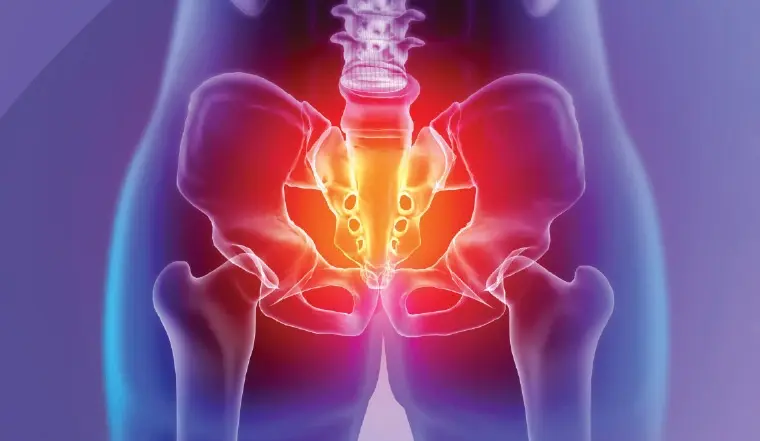
.png?width=281&height=59&name=bookanappointment%20(1).png)
.webp?width=1080&height=1080&name=Doctor%20background%20For%20Website%20Dr.%20Fadi%20Nageeb%2009%20(1).webp)
.webp?width=1080&height=1080&name=Doctor%20background%20For%20Website%20Dr%20Abdul%20Majeed%20Khalid%20%2002%20(1).webp)
